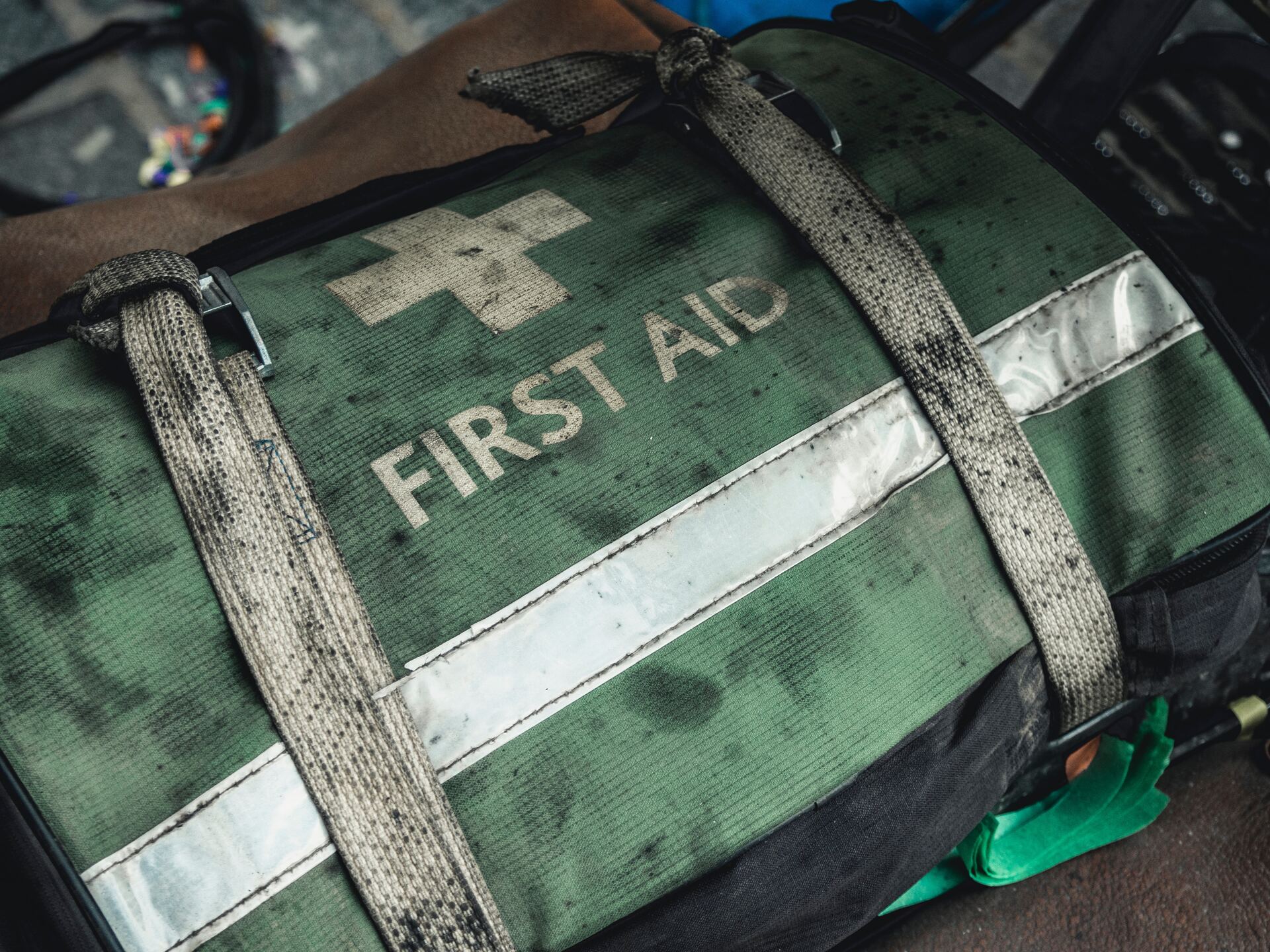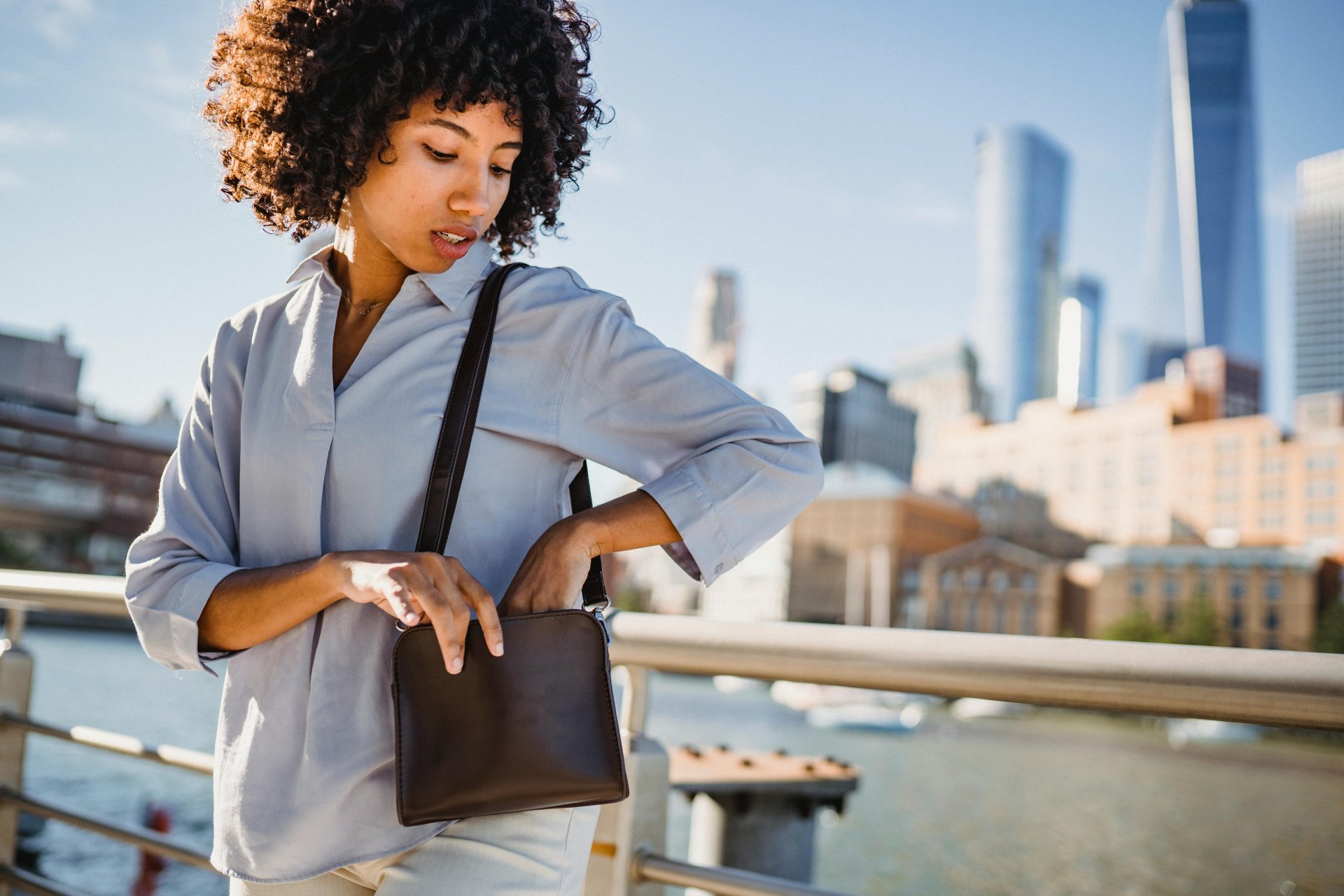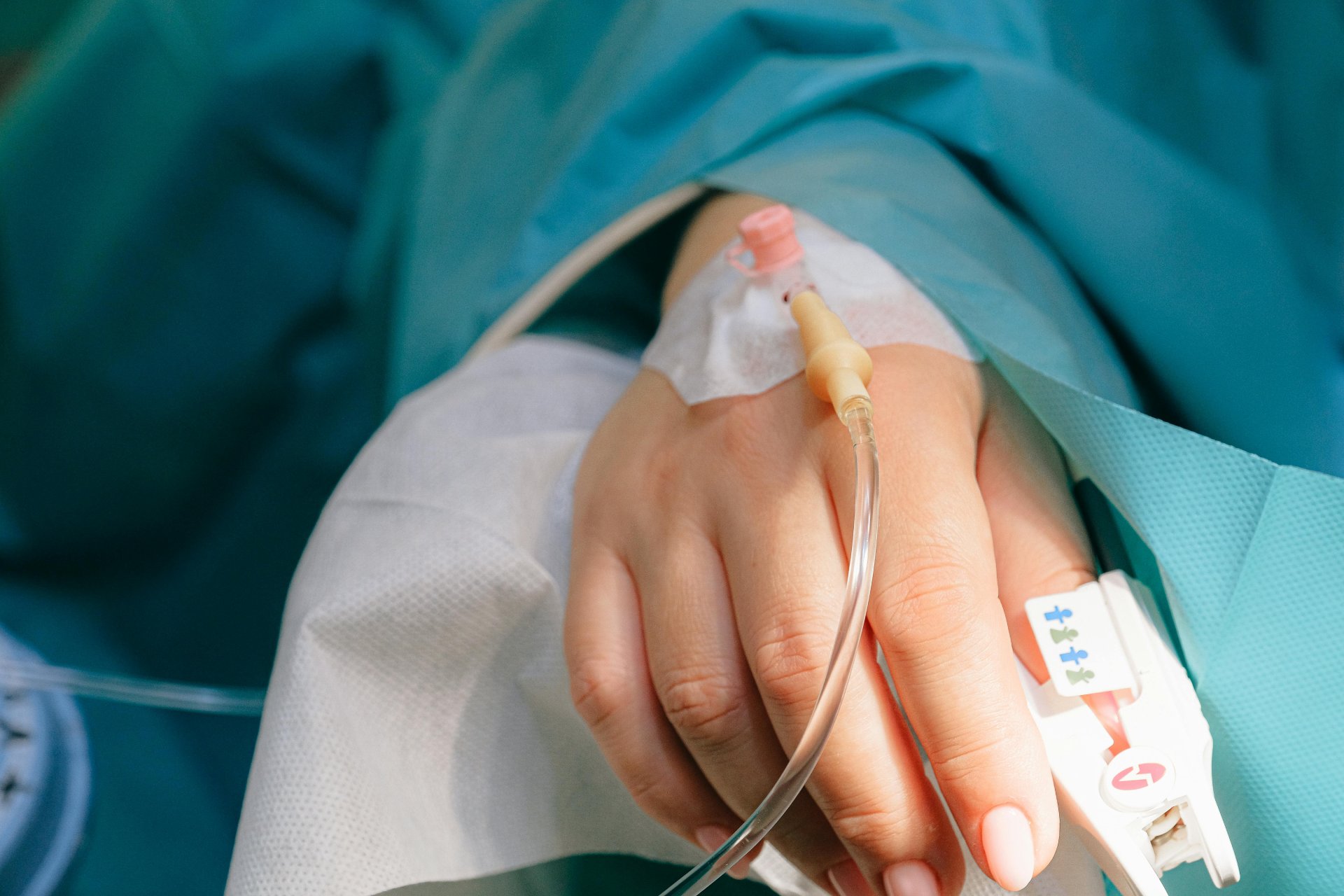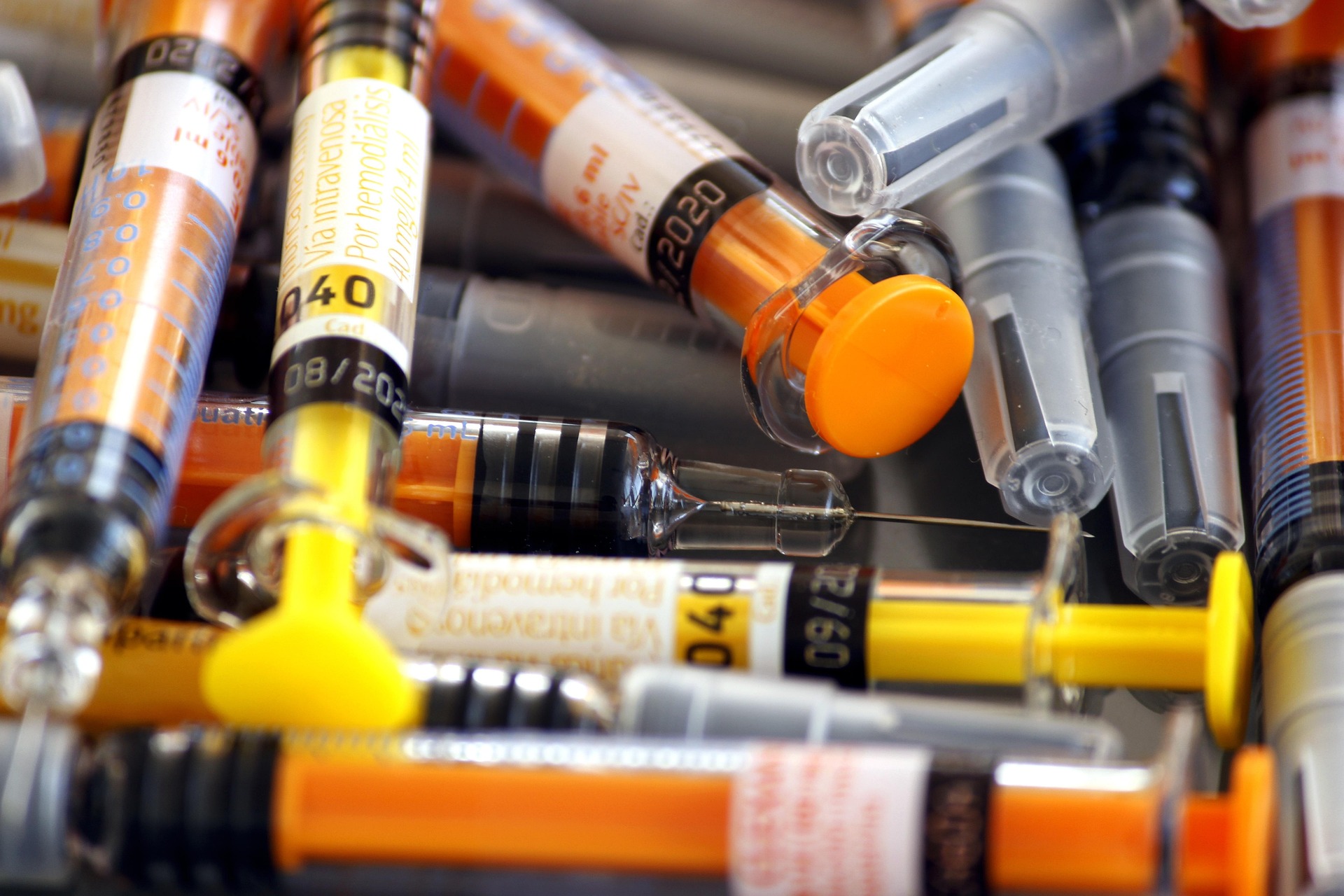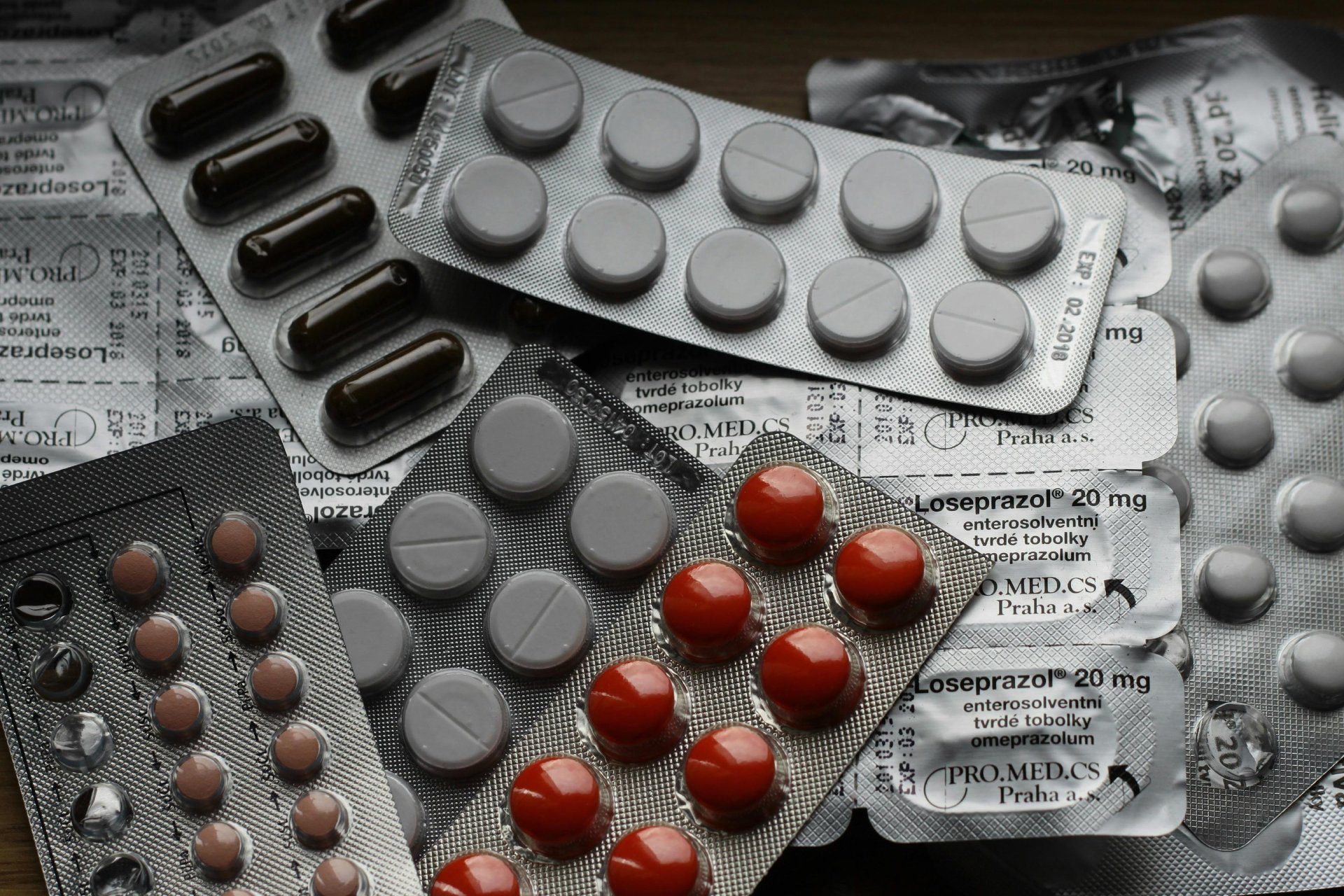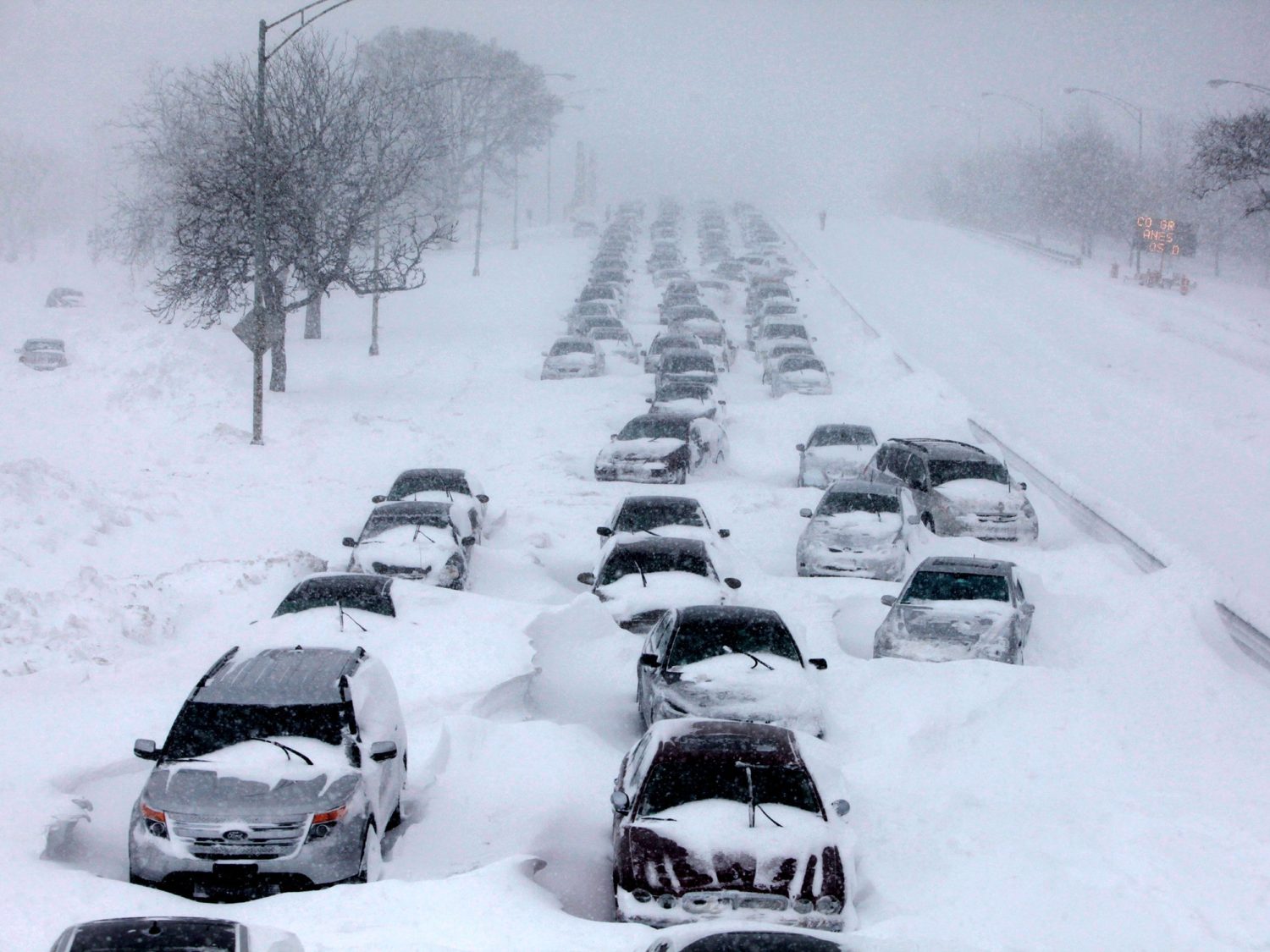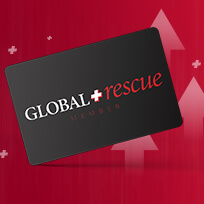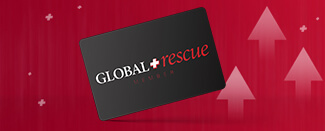Imagine you’re wandering the cobblestone streets of Southern Italy, enjoying a dream vacation with your loved one. All of a sudden, their foot catches on one of those ancient stones, and they’re down—both knees have deep cuts and their hands are badly scratched.
As for you? You’re calm, you’re collected. Granted, you’re not a doctor, a nurse, or a paramedic. Perhaps you’re not even trained in basic first aid. But, rather than fumbling to find first- aid supplies in broken Italian, you’re prepared. You pull out a tightly packed first-aid supply kit from your backpack and get to work with alcohol wipes, antiseptic ointment and bandages.
You’re a hero. You kept a minor injury from turning into a major ordeal – the only trip disruption being the comfort gelato you get from the nearby stand as you regroup and get ready for your ancient cathedral tour, which you are still going to make.
Most of the time, travel injuries are minor but it’s knowing how to treat them on the spot that is the difference between keeping your dream vacation on track and an inconvenient derailment.
Let’s outline the basic supplies of a traveler’s first-aid kit, and give you some examples of common injuries and how to treat them.
The Traveler’s Basic First-Aid Kit
Planning your first-aid kit is key. If you want to take this seriously, don’t stop with buying the generic kit. That might be a good place to start, but you need to familiarize yourself with the kit and potentially supplement with more supplies.
“First-aid kits need to match the duration and location of your trip,” said Harding Bush, security manager at Global Rescue.
He urges travelers not to forget the small stuff, which is more likely to happen.
“If not treated immediately, small cuts and blisters could escalate into a bad situation,” he said.
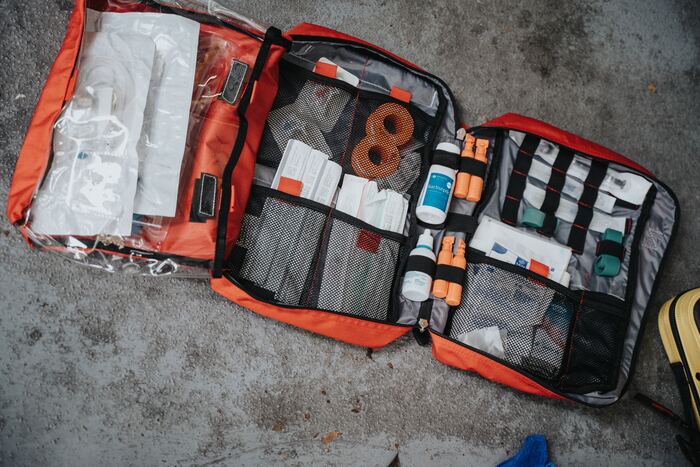
For small travel injuries, Bush said a basic first-aid kit should include:
- Safety gloves to protect you from bodily fluids.
- Antiseptic ointment.
- Alcohol wipes.
- Supplies to control bleeding: bandages, butterfly closures, different sizes of bandages and gauze for bigger wounds.
- Prepacked pressure dressings that will help you stop and control the bleeding, such as Quikclot bleeding control dressings.
- Elastic bandages (such as ACE bandages), which are helpful for treating wounds and immobilizing joints and fractures.
- Moleskin bandages for covering blisters.
- Nutritional items to protect against dehydration and low blood sugar: Electrolyte drink mixes and nutrition bars.
- Small emergency blanket in case you get cold. This is very effective in maintaining a victim’s body heat.
- Tourniquet to restrict arteries and stop arterial bleeds, which can be fatal even before emergency responders arrive.
While some of these items may seem extreme for casual travel, they are all compact and can fit in a portable first-aid kit. And why not be prepared? You’re more likely than a medical professional to administer first aid to yourself .
“Most people that administer first aid are not medical professionals,” Bush said.
[Related Reading: The Ultimate World Travel Safety Kit]
Now that you have your first-aid kit, let’s go through three possible scenarios with some tips from the Mayo Clinic on how to respond. Of course, this does not replace official training. Bush recommends getting basic first-aid training through groups like the Red Cross.
Cuts and Scrapes
The Mayo Clinic shares these guidelines for addressing minor cuts and scrapes:
- Wash your hands or use antibacterial solution to help avoid infection.
- Stop the bleeding. Apply gentle pressure with a clean bandage if bleeding does not stop on its own.
- Clean the wound. Rinse the wound with water if possible, clean out debris and clean with alcohol.
- Apply an antibiotic or petroleum jelly. Apply a thin layer to keep the surface moist and help prevent scarring.
- Cover the wound with a clean gauze dressing.
- Change the dressing at least once a day or if the bandage gets dirty.
- Get a tetanus shot if you haven’t had one in the past five years and the wound is deep or dirty.
- Watch for signs of infection. See a doctor if you see signs of infection on the skin or near the wound, such as redness, increasing pain, drainage, warmth or swelling.
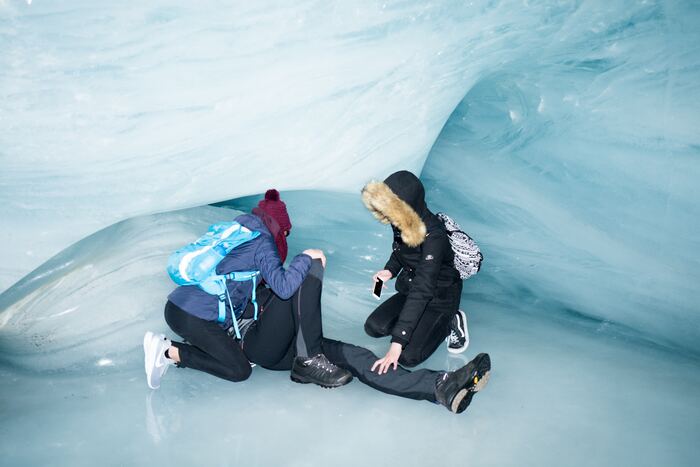
Minor Burns
- Cool the burn. Hold the area under cool (not cold) running water for about 10 minutes. If the burn is on the face, apply a cool, wet cloth until the pain eases. For a mouth burn from hot food or drink, put a piece of ice in the mouth for a few minutes.
- Remove rings or other tight jewelry items from the burned area. Try to do this quickly and gently, before the area swells.
- Don’t break blisters. Blisters help protect against infection. If a blister does break, gently clean the area with water and apply an antibiotic ointment.
- Apply lotion. After the burn is cooled, apply a lotion, such as one with aloe vera or cocoa butter. This helps prevent drying and provides relief.
- Bandage the burn. Cover the burn with a clean bandage. Wrap it loosely to avoid putting pressure on burned skin. Bandaging keeps air off the area, reduces pain and protects blistered skin.
- If needed, take a nonprescription pain reliever, such as ibuprofen (Advil, Motrin, etc.), naproxen sodium (Aleve) or acetaminophen (Tylenol, others).
[Related Reading: Survey: Expert Traveler Tips, Secrets and Mistakes Revealed]
Foodborne Illness
- Sip liquids, such as a sports drink or water, to prevent dehydration. Drinking fluids too quickly can worsen nausea and vomiting, so try to take small, frequent sips over a couple of hours instead of drinking a large amount at once.
- Take note of urination. You should be urinating at regular intervals, and your urine should be light and clear. Infrequent passage of dark urine is a sign of dehydration. Dizziness and lightheadedness also are symptoms of dehydration. If any of these symptoms occur and you can’t drink enough fluids, seek medical attention.
- Avoid anti-diarrheal medications. They may slow your body’s removal of organisms or toxins from your system. If in doubt, check with your doctor about your particular situation.
Global Rescue: The Ultimate Travel Hero
Now you’re prepared for minor injuries, but what if the worst case happens? Unfortunately, even the best planners can still face an unexpected crisis.
Enlist the help of the best travel hero out there: Global Rescue. We’re always at the ready: to prepare you with expert risk analysis of your travel location with our destination reports; to rescue you from dire circumstances with our evacuation services; and to guide you through medical emergencies with our on-staff doctors.
Learn more about our memberships today.

